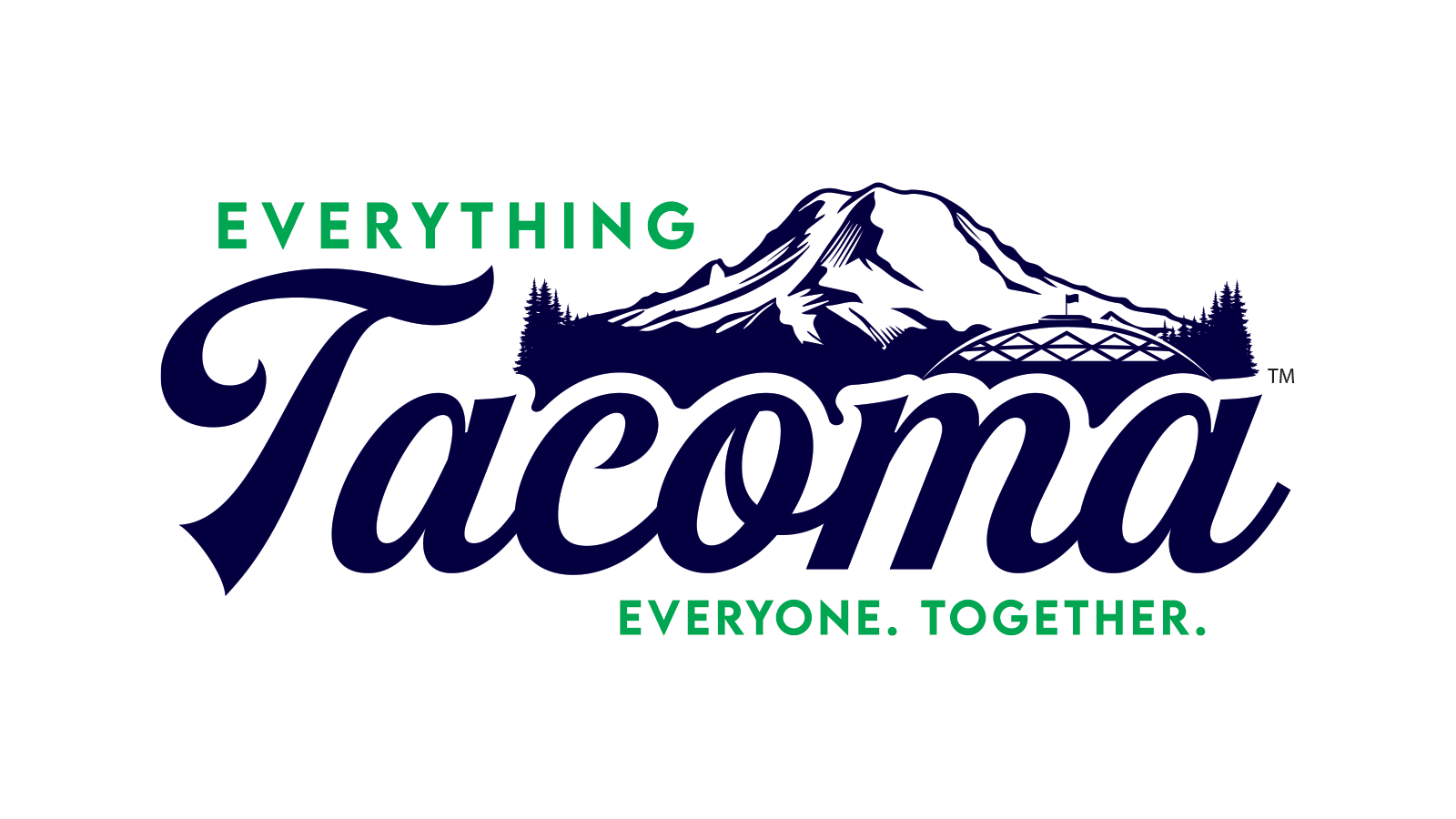If you’ve ever tried growing plants and wondered why some thrive while others just sulk, the secret often lies beneath the surface—in the soil. Soil isn’t just dirt; it’s a living, breathing foundation that feeds your plants, holds water, and lets roots breathe. Knowing your soil type can make the difference between a flourishing garden and a patch of sad, struggling plants. Let’s dig into the basics of soil types and how they affect plant growth.
The Main Soil Types and Their Traits
Soils come in many flavors, but the six most common types are sandy, clay, silty, peaty, chalky, and loamy. Each has unique qualities that influence how well plants grow.
-
Sandy Soil: Think of it as the quick-drainer. It’s gritty, drains water fast, and warms up quickly. But it doesn’t hold nutrients well, so plants might need extra feeding. Great for plants that hate soggy roots, like carrots and lavender.
-
Clay Soil: This one’s sticky and heavy. It holds water and nutrients tightly but drains slowly, which can drown roots if you’re not careful. It’s slow to warm up in spring and can be tough to work with. Ideal for moisture-loving plants like broccoli, cabbage, and many perennials.
-
Silty Soil: Silty soil feels smooth and soft, almost soapy. It holds moisture well and is rich in nutrients but can get compacted easily. It’s great for most vegetable and fruit crops if drainage is managed properly.
-
Peaty Soil: Dark, damp, and acidic, peaty soil holds lots of water but is low in nutrients. It needs organic matter and sometimes lime to balance acidity. Perfect for acid-loving plants like rhododendrons and azaleas.
-
Chalky Soil: This soil is alkaline and stony, with good drainage, but can cause yellowing leaves due to nutrient lockout. Adding organic matter helps. It suits plants like lilac, spinach, and cabbage.
-
Loamy Soil: The all-rounder and gardener’s favorite. Loam is a balanced mix of sand, silt, and clay. It holds moisture but drains well, is nutrient-rich, and easy to work with. Most plants, from vegetables to shrubs, love loamy soil.
Why Soil Type Matters for Plants
Soil type affects three big things: nutrient availability, water management, and air flow to roots.
-
Nutrient Availability: Plants get their food from soil nutrients like nitrogen, phosphorus, and potassium. Clay soils hold nutrients well but can be too dense, while sandy soils lose nutrients quickly. The pH level also matters; if the soil is too acidic or alkaline, plants can’t absorb nutrients properly.
-
Water Holding and Drainage: If soil holds too much water, roots can rot. Too little water, and plants dry out. Sandy soils drain fast but don’t hold water well, while clay soils hold water but may stay soggy. Loamy soil strikes a good balance, keeping roots happy and hydrated without drowning them.
-
Air Flow (Aeration): Roots need oxygen to breathe. Compact soils like clay can suffocate roots, while sandy soils allow plenty of air. Good soil structure with enough pores helps roots grow strong and healthy.
Tips for Making the Most of Your Soil
No soil is perfect, but you can improve it:
-
Add organic matter like compost to boost nutrients and improve texture.
-
Use mulch to retain moisture and regulate temperature.
-
Rotate crops and plant cover crops to keep soil healthy.
-
Test soil pH and adjust with lime or sulfur if needed.
-
Avoid compacting soil by minimizing heavy foot traffic and tilling carefully.
Ready to Transform Your Garden?
Understanding your soil is the first step to growing plants that don’t just survive but thrive. Whether you have sandy, clay, or loamy soil, the right care and knowledge can turn your garden into a green paradise.
For expert help in designing and maintaining a garden that suits your soil and style, check out True Design Landscape. They specialize in creating beautiful, healthy outdoor spaces tailored to your environment and preferences. Visit their website at truedesignlandscape.com to learn more about their services and get inspired.
Contact True Design Landscape
-
Website: truedesignlandscape.com
-
Phone: (253)-532-5128
Give your plants the best start by working with professionals who understand the ground beneath your feet!
Soil might seem like just dirt, but it’s the foundation of all plant life. Know your soil, treat it well, and watch your garden grow like never before.
Sources: truedesignlandscape.com, eos.com
Header Image Source: eos.com

